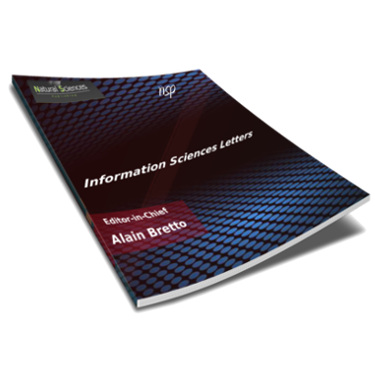
Information Sciences Letters
Abstract
The loading on bridges, ports, multi-story parking garages, airport facilities, and many other structures is often repeated and usually built with reinforced concrete beams. The behavior of concrete under repeated loads differs from that of static loads. Due to the loading and unloading process, repeated loads cause crushing in some concrete sections. The war and other events damaged numerous concrete structures and bridges in Iraq. Therefore, maintenance and rehabilitation of these structural parts are already required. This study aims to illustrate the behaviour of reinforced concrete hollow beams strengthened with a strip of carbon fiber reinforced polymer (CFRP) in various configurations using the externally bonded reinforcement (EBR) method when exposed to monotonic and repeated torsion. Eight beams of 250 x 350 x 3000 mm were cast and tested up to failure under pure torsion. Two of these beams were unreinforced. Other beams were strengthened with varied configurations of CFRP strips. The tested specimens were divided into two groups. For each investigation condition, the beam was examined under monotonic torsion and utilized as a control for those examined under repeated torsion after seven cycles of 60% of the control samples ultimate loads. Using the CFRP stripe, the torsional performance of the reinforced concrete beams was greatly enhanced. Test beams reinforced with two continuous CFRP stripes demonstrated a more significant increase in the ultimate torsional moment than beams strengthened with other CFRP stripe configurations. Beams tested under repeated torsion show less degradation in torsional strength than beams tested under monotonic torsion moment.
Recommended Citation
S. Tais, A. and B. Abdulrahman, M.
(2023)
"Improving the Torsional Strength of Reinforced Concrete Hollow Beams Strengthened with Externally Bonded Reinforcement CFRP Stripe Subjected to Monotonic and Repeated Loads,"
Information Sciences Letters: Vol. 12
:
Iss.
1
, PP -.
Available at:
https://digitalcommons.aaru.edu.jo/isl/vol12/iss1/36

